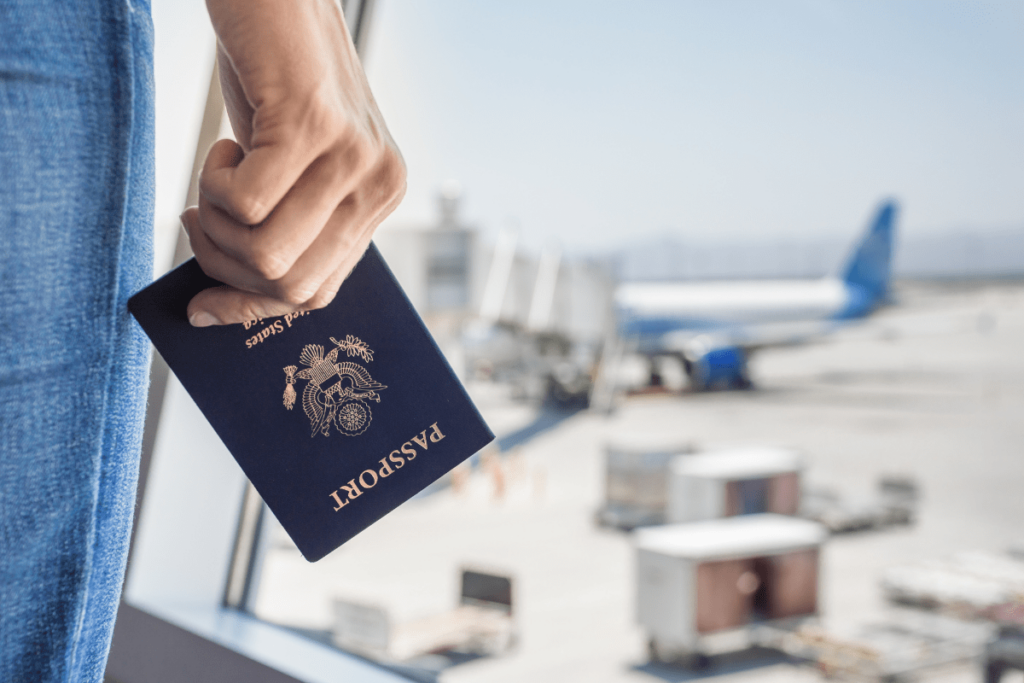Airline Liability for Personal Injury: The Montreal Convention and International Passenger Rights

If you are injured while a passenger on an international flight, you have certain rights and protections against the airline. The Montreal Convention, or MC 1999, is an international treaty that establishes airline liability in the case of passenger death or injury and helps ensure passengers are compensated following an airline tragedy.
A passenger can receive compensation under the Montreal Convention for injuries from:
- turbulence or rough landings;
- moving food or drink carts;
- contaminants in food given during meal service;
- spilled hot beverages;
- defective or broken seats, tray tables, overhead bins, or other components of the plane;
- objects falling from overhead bins;
- improperly secured or closed overhead bins;
- incidents occurring during the embarking or disembarking process;
- incidents on the jet bridge or stairs to the airplane or during transfers between terminals;
- a failure to provide a wheelchair or a malfunctioning wheelchair; and/or
- injury or death due to a crash.
An important aspect of the Montreal Convention is the “international” component of the passenger’s itinerary. If any part of the flight includes a stop, transfer, or layover outside of the initial country, the Montreal Convention can be enacted. The Montreal Convention still applies even if the accident occurs during the domestic portion of your international trip. For example, if you were flying from London to Dallas and then Dallas to Austin, and you were injured on the Dallas to Austin leg, the Montreal Convention would still apply.
Additionally, the Convention can be used to recover damages from injuries occurring while the airplane is still on the ground, on a jet bridge, or on an airport shuttle transporting passengers from the terminal to the aircraft.
“Dealing with an injury that occurred during an international trip can feel extremely overwhelming,” said Mitchell McCrea, a partner at Slack Davis Sanger. “It’s difficult to know who is liable, and going up against a big airline might feel impossible, but we can review your situation and see if it falls under the Montreal Convention and help you determine how to move forward.”
An “accident” under the Montreal Convention is defined as “an unusual or unexpected event external to the passenger”. Medical issues that occur on the flight, like a heart attack, are not typically considered an accident because the injury was not caused by some factor external to the passenger. Analyzing what constitutes an accident under the Montreal Convention is very fact-specific. It is best to contact an attorney with specialized expertise in this field before engaging with the airline’s customer service personnel.
There are instances in which other parties could be liable, too. For example, an airplane manufacturer could be liable if an overhead bin flies open due to a faulty latch. Furthermore, if air traffic controllers make a mistake that leads to two airplanes clipping each other on the runway, the FAA may be liable. Also, a contractor servicing the airplane can be held liable if it is proven that they were reckless during service.
How To Move Forward With Airline Injury Claims
Fortunately, with the Montreal Convention, a passenger does not have to prove that the airline was negligent—it is presumed. The legal burden is on the airline to prove that the accident didn’t occur due to their negligence or that the accident occurred due to the negligence of a third party.
If you have been injured on an airplane, the first thing to do is to contact the airline. Airlines are required to keep a record of customer complaints and respond to them within 60 days. You can also contact the Federal Aviation Administration (FAA) directly. If the airline does not offer just compensation, your next best step is to reach out to an attorney.
Montreal Convention Compensation: What to Expect
The Montreal Convention works under a two-tier liability system that refers to compensation in terms of special drawing rights, or SDRs. SDRs are a national reserve asset that can be exchanged for usable currency. The first-tier states that the carrier is liable for up to 100,000 SDRs, which is roughly estimated to be $132,000, unless they can prove passenger negligence.
The second-tier states that the injured passenger or their heir can receive compensation past 100,000 SDRs. However, once again, the airline may not be held liable if it proves it was not negligent or if it proves the accident stemmed from an unaffiliated third party, such as another passenger.
If you are unsure whether an airline is fairly compensating you, contact an attorney. They can walk through the ins and outs of the treaty and ensure that you are getting the compensation you deserve.
Slack Davis Sanger Can Help
While the Montreal Convention is designed to help injured international passengers, it has many restrictions and parameters. If you have been injured or have lost a loved one during international travel, contact Slack Davis Sanger at 1-800-455-8686. Our aviation attorneys have dissected the Montreal Convention and can help you receive just compensation.

The firm handles cases involving catastrophic personal injuries and deaths. Our work spans three decades of handling airplane and helicopter crashes, truck and car accidents, oilfield and construction accidents, and other devastating accidents. We try lawsuits throughout the country in both federal and state courts and have recovered hundreds of millions of dollars for our clients. To date, we have handled or tried cases in 47 states, read more about our attorneys and firm.
